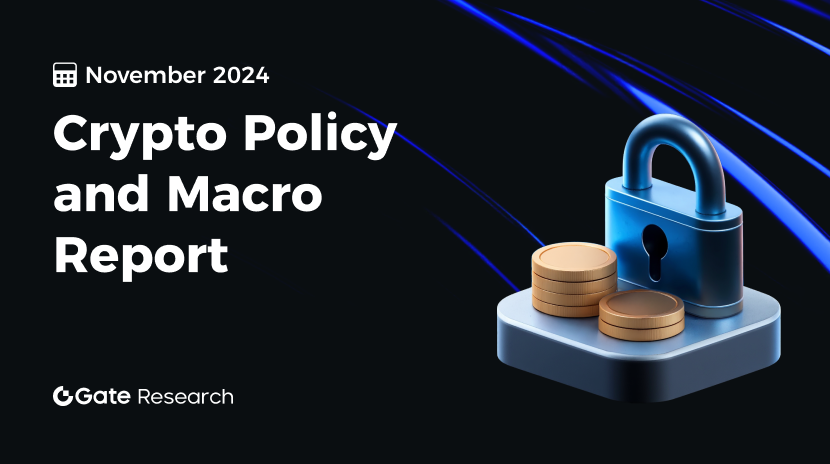Gate Research: Weekly Hot Topics(March 28 - April 2, 2025)
Overview
This report highlights key developments in the blockchain industry from March 28 to April 2, 2025. Sonic Labs announced the upcoming launch of SonicCS 2.0, aiming to double consensus speed and significantly reduce resource usage. Active user numbers on the Solana network continue to hit new highs, with over 11.12 million addresses now holding more than 0.1 SOL. Uniswap v4 has surpassed $2.7 billion in cumulative trading volume. Vitalik Buterin released a security roadmap for Ethereum Layer 2, focusing on scalability, proof mechanisms, and unification. The second phase of the Babylon Genesis Mainnet is about to launch. Bio Protocol released its V1 upgrade, introducing a permissionless launch platform and AI agents.

Projects
Sonic Labs Unveils SonicCS 2.0 with 2x Speed and Lower Resource Usage
On March 28, Sonic Labs (formerly Fantom) announced on platform X that it will launch a new consensus protocol, SonicCS 2.0. This protocol features a twofold increase in consensus speed and an approximately 68% reduction in memory usage, significantly enhancing performance and resource efficiency. Co-founder Andre Cronje noted that the team will continue optimizing the protocol until it approaches the physical limits of performance, underscoring their strong commitment to high-performance architecture.
SonicCS is a core module developed as part of Sonic’s next-stage upgrade strategy. It aims to offer greater scalability for Layer 1 blockchains by maintaining low latency and high throughput while reducing computational overhead. The launch of SonicCS 2.0 is expected to deliver a smoother on-chain experience across Sonic’s ecosystem, particularly in areas such as DeFi, AI, and gaming.
From a market perspective, while performance-driven protocol upgrades may not immediately reflect in token price, they have a long-term impact on developer accessibility and user experience. If successfully deployed, SonicCS 2.0 could significantly strengthen Sonic’s technical competitiveness and attract more builders to its ecosystem. [1]
Solana Active Users Reach New High, Addresses Holding Over 0.1 SOL Surpass 11.12 Million
As of March 30, the number of addresses on the Solana network holding more than 0.1 SOL surpassed 11.12 million, reaching an all-time high. Unlike total address counts, this metric more accurately reflects active user participation, indicating that increasing numbers of users are maintaining a meaningful capital allocation on Solana.
Despite a recent cooldown in the broader crypto market—with lower trading volumes and reduced volatility—Solana’s core network continues to grow steadily. The number of addresses holding over 0.1 SOL rose from 9.54 million at the beginning of 2025 to 11.13 million by March 31, marking a 16.6% increase. This consistent rise suggests that many users have chosen to hold through the market consolidation phase, reflecting sustained confidence in Solana’s long-term potential. With continued improvements in network performance and cost efficiency, Solana’s on-chain fundamentals are steadily strengthening, laying a positive foundation for future ecosystem activity and a potential rebound in market sentiment. [2]
Uniswap v4 Surpasses $2.7 Billion in Cumulative Trading Volume
As of March 30, Uniswap v4 has recorded over $2.7 billion in cumulative trading volume since its launch on January 30, highlighting the strong appeal of the protocol’s new architecture. The majority of this volume comes from four networks: Ethereum mainnet, Arbitrum, Base, and BNB Chain, demonstrating the effectiveness of Uniswap’s multi-chain deployment strategy.
Uniswap v4 introduces a more flexible hooks mechanism and optimizes gas efficiency and liquidity management, attracting significant interest from developers and professional liquidity providers (LPs). High-performance Layer 2 networks like Base and Arbitrum have also contributed substantial transaction volume, reinforcing v4’s scalability across chains.
That said, due to the relatively gradual rollout of v4, Uniswap v3 remains the dominant version. It continues to expand across chains such as Arbitrum and Polygon, enhancing performance and user experience. This ongoing usage helps maintain Uniswap’s leadership in the DEX space while laying the groundwork for the full transition to v4. In the short term, v3 is expected to continue handling core trading functions and supporting the stable operation of the Uniswap ecosystem. [3][4]
Vitalik Releases Ethereum Layer 2 Security Roadmap Focused on Scalability, Proofs, and Unification
On March 29, Ethereum co-founder Vitalik Buterin published A Simple L2 Security and Finalization Roadmap, outlining three core areas of improvement for Layer 2 networks: security, finality, and scalability. The roadmap aims to help Ethereum scale more efficiently and in a more trust-minimized way.
The upcoming Pectra upgrade will expand blob space, and the Fusaka upgrade, planned for later this year, is expected to further increase data capacity. Meanwhile, advances in ZK-EVM technology are significantly reducing time to finality. Ethereum’s L2 optimization efforts will focus on three key areas: further expanding blob capacity, introducing hybrid proof mechanisms, and building a unified ZK proof aggregation layer. These improvements are designed to boost both efficiency and security, reduce reliance on any single technical approach, and significantly lower gas costs.
This roadmap provides a clear direction for the continued scaling and trust minimization of Ethereum’s Layer 2 ecosystem. In light of growing demand for on-chain activity and cross-chain interoperability, blob expansion and unified proof systems are expected to be critical in enhancing user experience and accelerating ecosystem maturity. As the infrastructure evolves, L2 networks are positioned to enter a new phase of high performance and low latency. [5]
Babylon Genesis Mainnet Phase Two Set to Launch
The second phase of the Babylon Genesis Mainnet is set to launch, to become the first Layer 1 blockchain secured by Bitcoin staking. It will serve as both the control layer of the Babylon ecosystem and a liquidity hub for Bitcoin-based finance (BTCFi). This represents a shift in Bitcoin’s role—from being solely a store of value to becoming a foundational infrastructure for broader blockchain applications, drawing increased attention from developers and investors.
According to the project team, this phase is expected to improve the scalability of the Bitcoin ecosystem significantly. Babylon Genesis is designed to leverage Bitcoin’s robust security model by enabling staking as a means of providing on-chain security, thereby offering a stable infrastructure and liquidity foundation for its ecosystem. This innovative architecture not only builds strong confidence in the project itself, but also introduces new possibilities for technical breakthroughs and novel business models across the industry.
For Babylon, the launch of the Genesis Mainnet marks a key milestone in its technical roadmap, potentially boosting its market competitiveness and expanding its user base. Post-launch, the project will face challenges related to network stability and user education. For other Layer 1 projects like Ethereum and Solana, Babylon’s innovation may increase competitive pressure, encouraging them to develop Bitcoin-compatible features further. The Bitcoin staking model could open up new revenue opportunities for ecosystem partners such as Bitcoin miners.
Ultimately, the launch of the Babylon Genesis Mainnet is expected to drive further diversification within the Bitcoin ecosystem and attract greater institutional interest, though it may also prompt regulatory scrutiny, particularly concerning the security and decentralization of Bitcoin staking. [6]
Bio Protocol Launches V1 Upgrade with Permissionless Launch Platform and AI Agents
The decentralized science (DeSci) platform Bio Protocol has officially launched its V1 upgrade, marking a shift from a traditional accelerator model to an open and automated platform for scientific funding. The upgrade introduces a permissionless launch platform, allowing BIO token users to vote on biotechnology projects. Projects with sufficient community support can proceed to public fundraising and automatic liquidity phases. The platform also introduced AI-powered BioAgents, designed to autonomously execute research tasks, thereby reducing development time and costs.
Currently, community members can participate in voting and funding for projects such as MycoDAO, SpineDAO, and ReflexDAO through the Solana and Base networks. These projects span various fields, including mycology, spinal health, and neural modulation. The upgrade also supports emerging areas such as quantum biology, signaling Bio Protocol’s ongoing expansion as a decentralized financial infrastructure for scientific research. [7]
Notice
Users should exercise caution when participating, be mindful of risks, and conduct thorough research before involvement. Gate.com does not guarantee the future development of projects.
References:
- X,https://x.com/SonicLabs/status/1905291005605372328
- Glassnode,https://studio.glassnode.com/charts/addresses.NonZeroCount?a=SOL&chartStyle=line&mScl=lin&pScl=lin
- X,https://x.com/Uniswap/status/1905634254249144738
- Dune,https://dune.com/uniswap_fnd/v4-launch-metrics-tracker
- X,https://x.com/VitalikButerin/status/1905733092662505586
- X,https://x.com/bbn_foundation/status/1906688863646482543
- The block,https://www.theblock.co/post/349052/bio-protocol-launches-v1-upgrade-to-power-desci-research-and-boost-bio-token-utility?utm_source=twitter&utm_medium=social
Gate Research
Gate Research is a comprehensive blockchain and cryptocurrency research platform that delivers in-depth content. This includes technical analysis, hot topic insights, market reviews, industry research, trend forecasts, and macroeconomic policy analysis.
Click here to visit now
Disclaimer
Investing in the cryptocurrency market involves high risk, and it is recommended that users conduct independent research and fully understand the nature of the assets and products they purchase before making any investment decisions. Gate.com is not responsible for any losses or damages caused by such investment decisions.
Related Articles
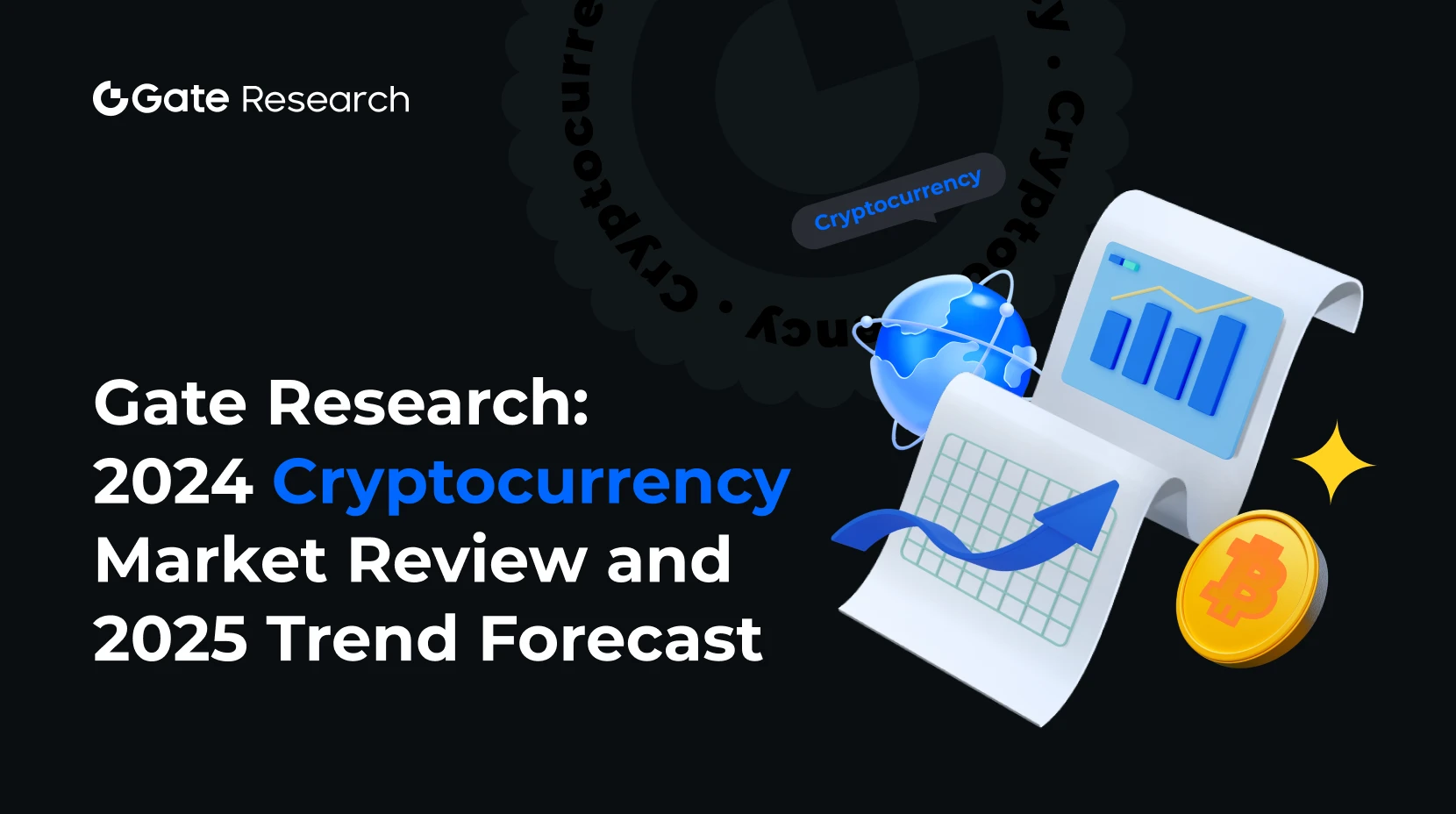
Gate Research: 2024 Cryptocurrency Market Review and 2025 Trend Forecast

Gate Research: BTC Breaks $100K Milestone, November Crypto Trading Volume Exceeds $10 Trillion For First Time
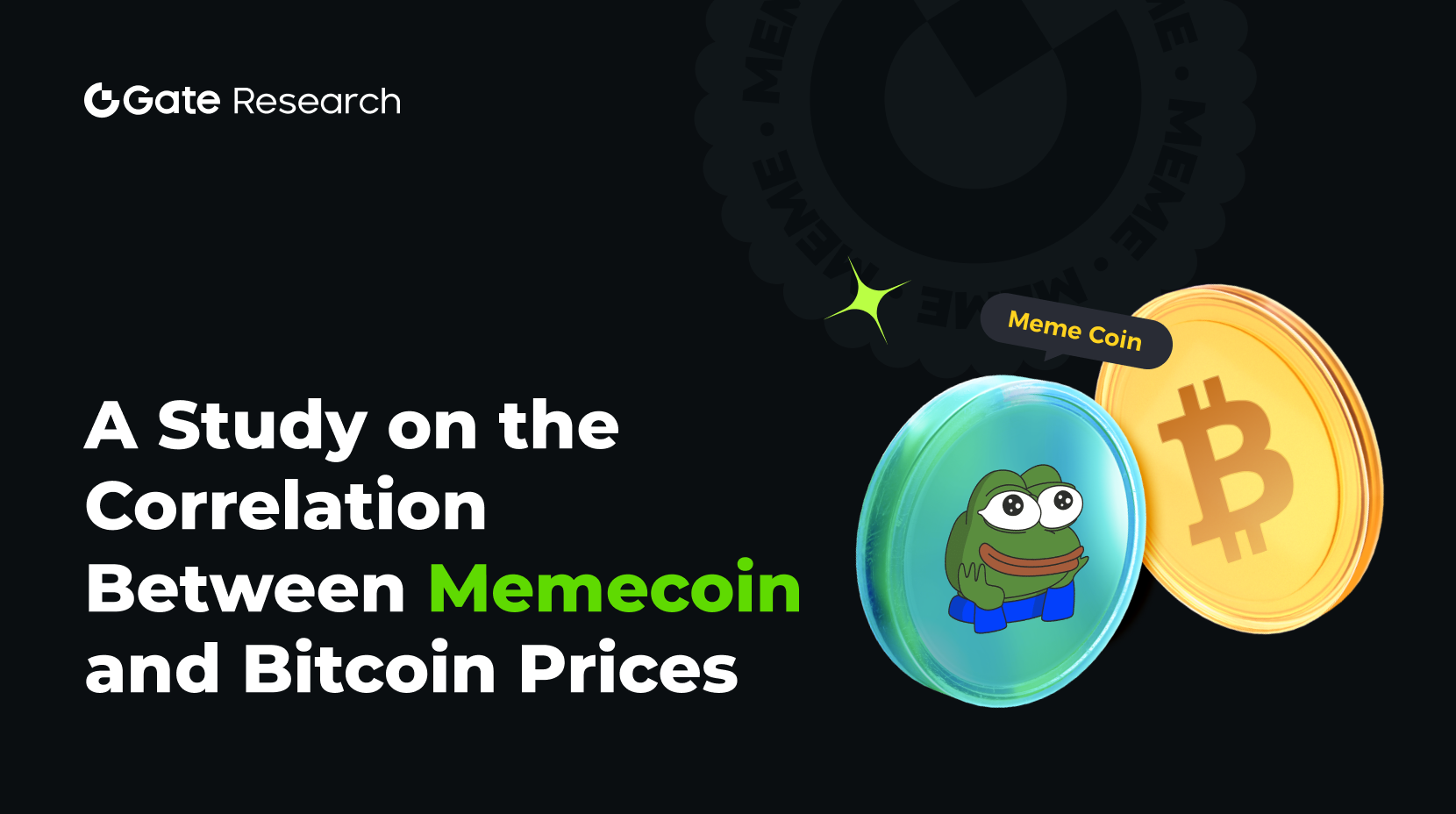
Gate Research-A Study on the Correlation Between Memecoin and Bitcoin Prices
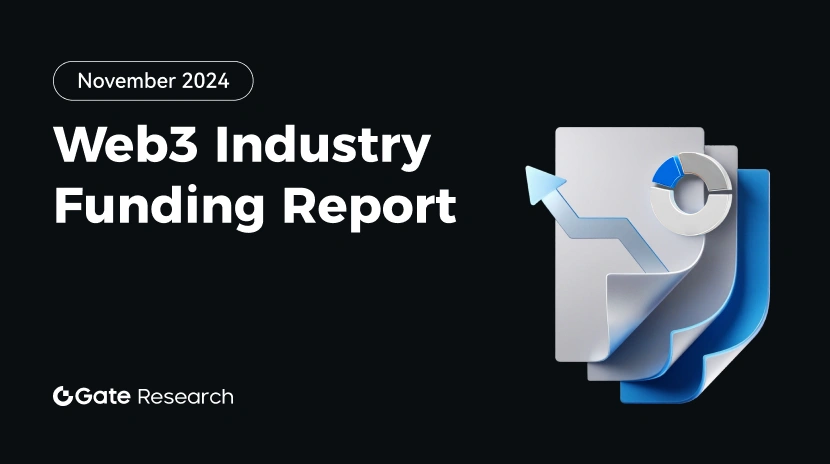
Gate Research: Web3 Industry Funding Report - November 2024
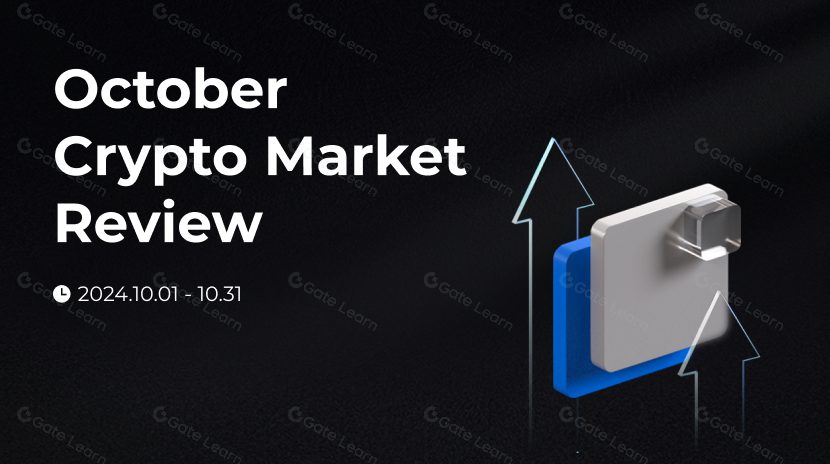
Gate Research: October Crypto Market Review
